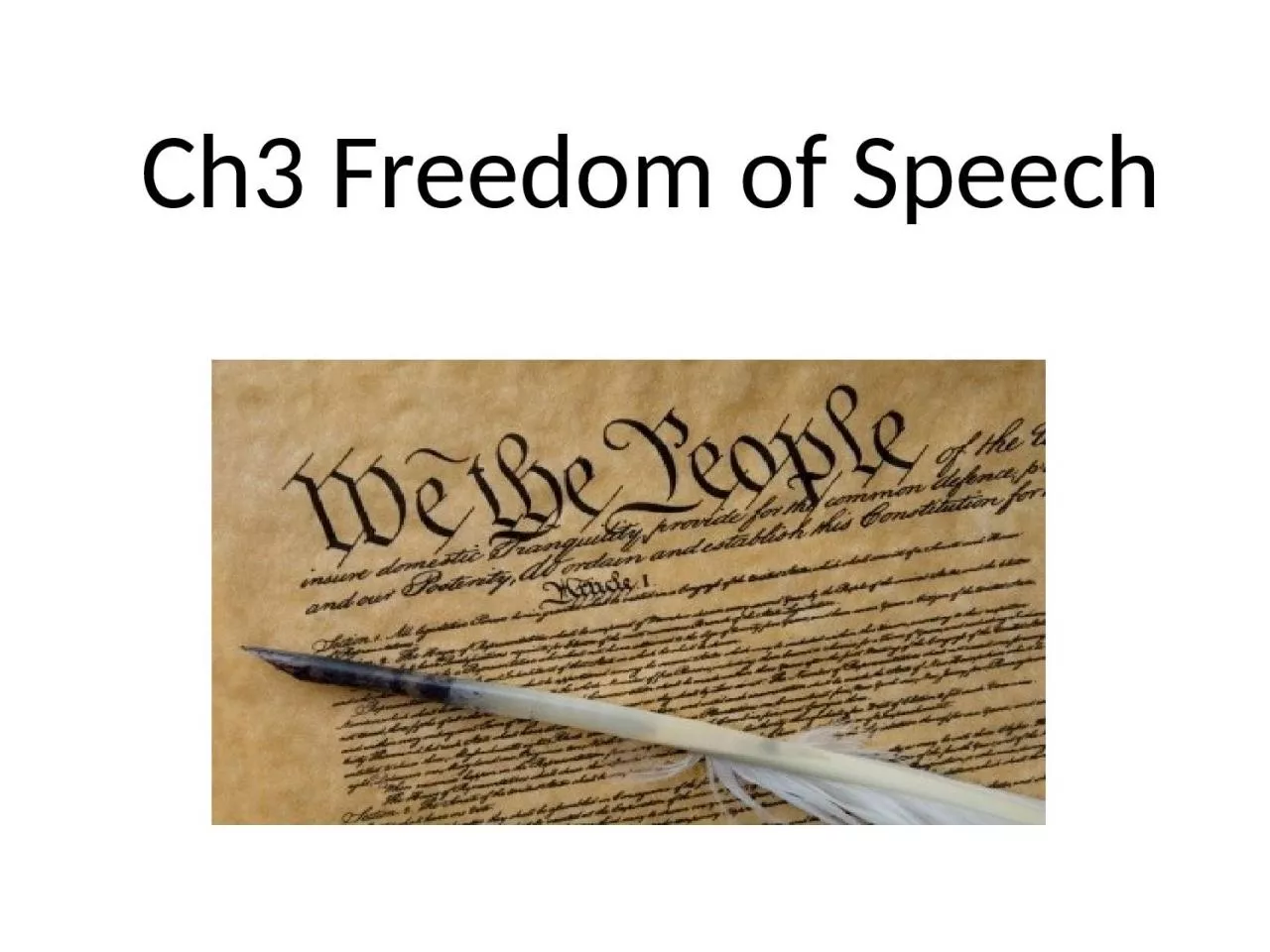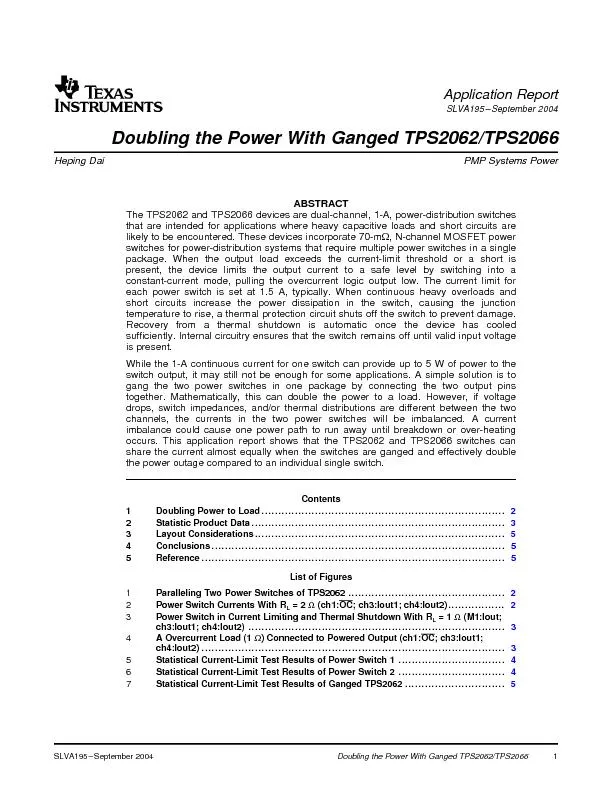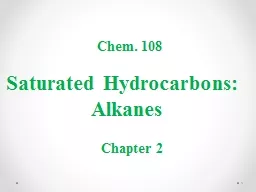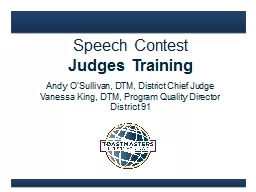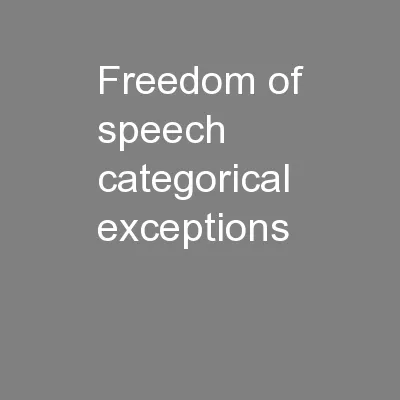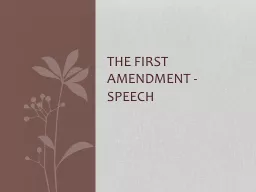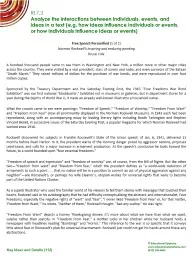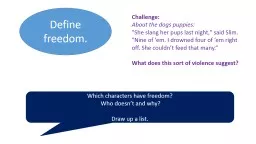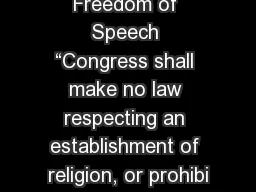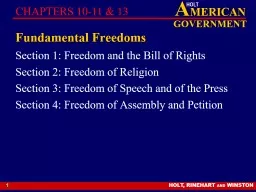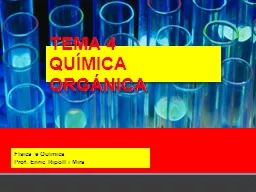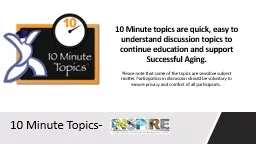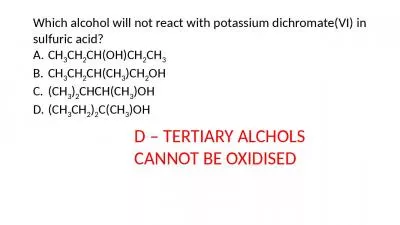PPT-Ch3 Freedom of Speech Topics
Author : brianna | Published Date : 2023-07-08
Changing Communication Paradigms Controlling Speech Posting Selling and Leaking Sensitive Material Anonymity The Global Net Censorship and Political Freedom Net
Presentation Embed Code
Download Presentation
Download Presentation The PPT/PDF document "Ch3 Freedom of Speech Topics" is the property of its rightful owner. Permission is granted to download and print the materials on this website for personal, non-commercial use only, and to display it on your personal computer provided you do not modify the materials and that you retain all copyright notices contained in the materials. By downloading content from our website, you accept the terms of this agreement.
Ch3 Freedom of Speech Topics: Transcript
Download Rules Of Document
"Ch3 Freedom of Speech Topics"The content belongs to its owner. You may download and print it for personal use, without modification, and keep all copyright notices. By downloading, you agree to these terms.
Related Documents

